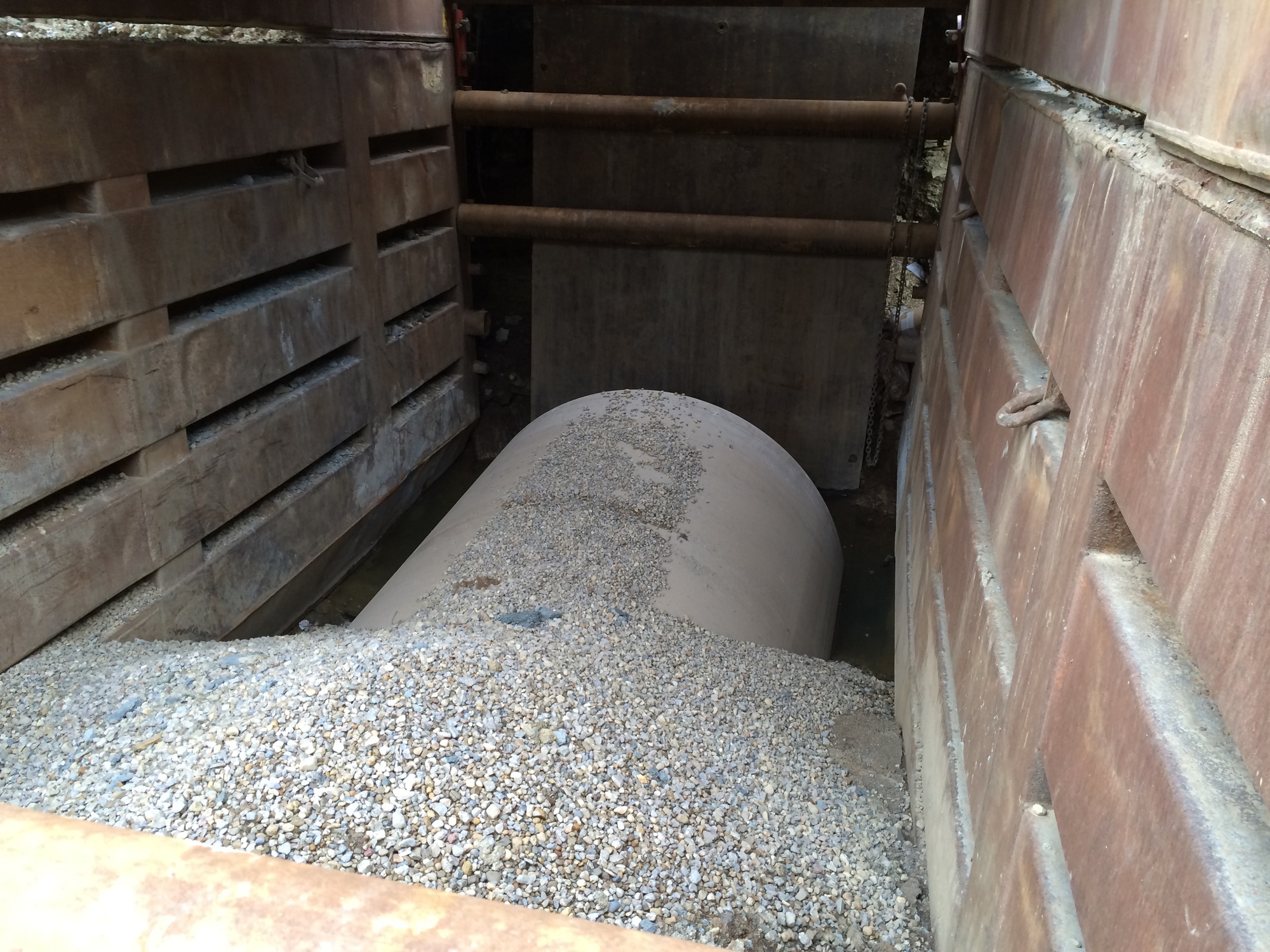As mandated by the United States Environmental Protection Agency, the Metropolitan Sewer District of Greater Cincinnati (MSDGC) is implementing a Wet Weather Improvement Plan to reduce its 14 billion gallons of annual combined sewer overflow. The plan focuses largely on the 2,700-acre Lick Run Basin watershed. Gresham Smith has spearheaded master planning and design of a main trunk sewer to separate Lick Run basin’s storm flow from the combined system to help minimize overflows.
linear feet of sewer
gallons of combined sewer overflow that was discharging annually from MSDGC's combined sewer system at the time of the project
acre Lick Run Basin watershed
Centralizing Flows
Gresham Smith has been working with MSDGC since 2008 on various watershed master planning and design solutions for combined sewer overflows (CSOs). Our master plan and design for the main trunk sewer line at Queen Avenue separates storm flow from an existing 168-inch brick combined sewer.We used modeling to integrate flows from several watershed tributaries to the new trunk sewer, which provides the central conduit to move flows from the Lick Run Watershed. We also designed improvements to a detention basin and executed the installation of a dynamic stormwater treatment system, which will help remove solids from the storm sewer.
Construction Complexities
The main trunk alignment encompasses nearly 11,000 feet of sewers in a range of sizes. The sewer will be constructed within the pavement of steeply sloped Queen City Avenue, which is one of Cincinnati’s essential east-west traffic arteries and a corridor for three water transmission mains as well as overhead electric transmission lines. In consideration of traffic and business disruption, utility impacts, major roadway projects, and other factors, construction of the Queen City Trunk Sewer is divided into two phases.Value for the Community and our Client
Our solution combines natural and engineered systems in lieu of a considerably more expensive deep storage tunnel. Gresham Smith formulated a team of surveying, geotechnical, environmental, and hydraulic analysis subconsultants to collect field data and meet schedules, and conducted value engineering in addition to project management.The new storm sewers will connect to the Valley Conveyance System via sewers and an open stream channel in an area where the City is redeveloping old and abandoned buildings; the design process incorporates multiple easements and environmental site assessments.
Project Contact
Our team develops creative solutions for the world's toughest infrastructure problems.
Learn more about our Wastewater expertise.




